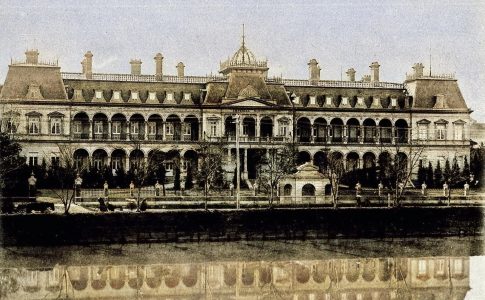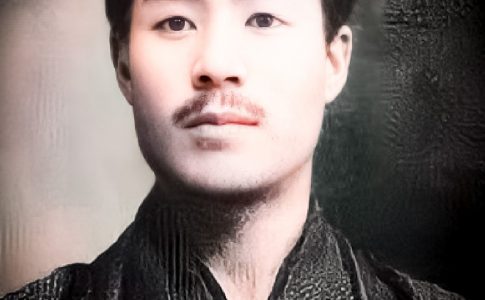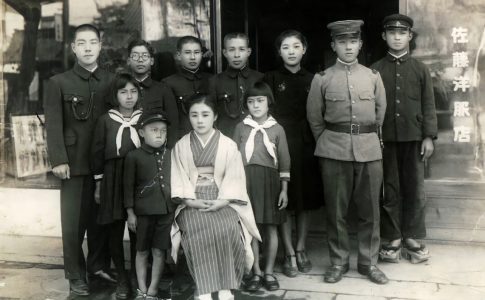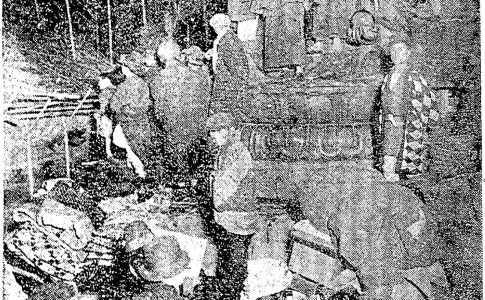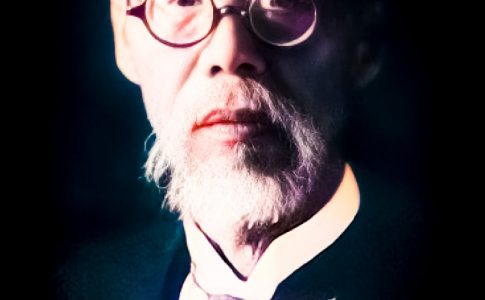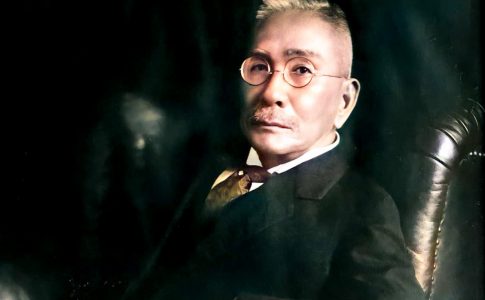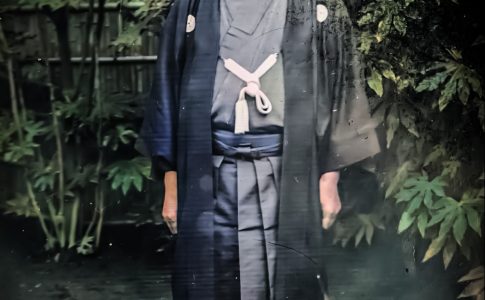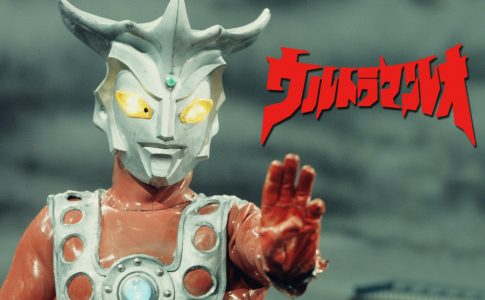Tuesday, March 29, 1921: the Association for the Dissemination of Scientific Knowledge
On Tuesday, March 29, 1921, it was reported that the Association for the Dissemination of Scientific Knowledge (now the Japan Science Foundation) had held its inaugural meeting at the Imperial Hotel the day before. The 85 founders included Akamaro Tanaka, a land and water scientist, Jozo Suzuki, a member of the House of Representatives, Toyokichi Takamatsu, an applied chemist and president of Tokyo Gas, Manabu Miyoshi, a botanist, and Chiyomatsu Ishikawa, a zoologist. Its purpose was to conduct cross-sectional research on a wide range of scientific knowledge in the fields of law, literature, science, engineering, forestry, agriculture, and medicine, and to disseminate science. In July of the same year, it...



